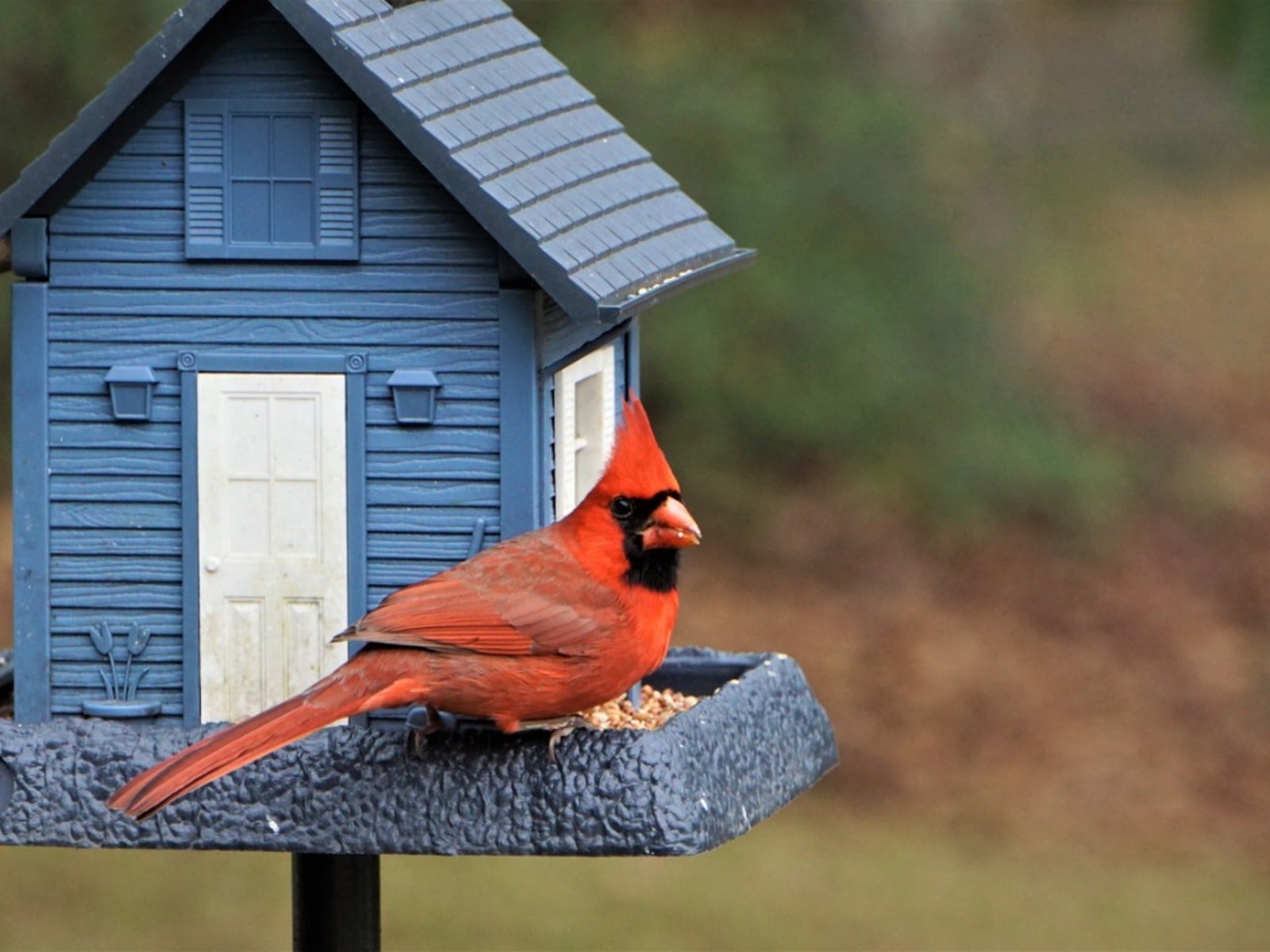Common Backyard Birds Of The Ohio Valley Region


It's commonplace for gardeners in the Ohio Valley region and Central gardening states to see or hear birds while they’re working in the garden. Several species of Midwest birds like robins, blue jays and cardinals are easy to identify. Others may be more difficult. Read on to learn how to spot them all.
Common Central US Birds
For those curious about these backyard visitors, here is a breakdown of the most populous birds in this region.
Blackbirds
Many members of the Icteridae family are found throughout the Ohio Valley region. Although most species of blackbirds have dark plumage, some like the orange and black Baltimore oriole are brightly colored. This family also includes the red-winged blackbird, European starling, common grackle, brown-headed cowbird and eastern meadowlark.
Ducks and Geese
If you live near a lake, pond or creek, you're likely to find these web footed species crossing the lawn. Mallard ducks and Canada geese are the most visible. Other common water-loving birds you might spot include the American coot, sandhill crane and trumpeter swan.
Finches
These small colorful songbirds have short, conical beaks and the males are more brightly colored than the females. Of the 17 native species in the US, the brilliant yellow plumage of the American Goldfinch makes it one of the most easily identifiable birds in the Midwest. Other species you might spot include the House Finch and Purple Finch.
Gulls
Midwesterners may live miles from the nearest ocean, but spotting flocks of ring-billed seagulls in parking lots is a common sight. These scavengers love the trash that shoppers leave behind. If you live near one of the Great Lakes, you might also catch sight of an American herring gull.
Owls
Although several species of these nocturnal raptors are found throughout the Ohio Valley region, gardeners are more likely to hear owls in the evening than spot them during the day. Species to listen for include barn owls, great horned owls and screech owls.
Gardening tips, videos, info and more delivered right to your inbox!
Sign up for the Gardening Know How newsletter today and receive a free copy of our e-book "How to Grow Delicious Tomatoes".
Raptors
Gardeners are most likely to see raptors soaring overhead on warm, sunny afternoons. These predatory birds have keen eyesight and hooked bills for hunting and sharp talons for holding onto prey. In the Midwest popular species include red-tailed hawks, Cooper's hawks and turkey vultures.
Sparrows
Song sparrows top the list of small birds native to Ohio Valley regions. Like most sparrow species, these vibrant singers have variations of brown, cream and light gray plumage. Other species you will likely spot hopping around the garden include the white-throated sparrow and the American tree sparrow. Although quite common, the house sparrow is a non-native species.
Warblers
Primarily a migratory species, several of these songbirds call the Central states home during the summer. The chestnut-streaked, lemon-yellow plumage of the American yellow warbler is a common sight throughout the region. Other popular species include the blackburnian warbler, cerulean warbler and the magnolia warbler.
Woodpeckers
The distinctive tap-tap-tap of these insect-seeking birds creates the perfect background rhythm for gardening. Follow the sound and Midwest gardeners will likely spot a downy woodpecker, hairy woodpecker or red-bellied woodpecker. These species all bear black and white striped plumage on their wings with differing amounts of red on their heads.
Wrens
Most gardeners welcome these insect-seeking birds in Ohio Valley backyards. Wrens search for food at ground-level and often consume common garden pests such as flies, moths, caterpillars, grasshoppers, mosquitoes and snails. The Carolina wren is among the most popular species in the Midwest, but spotting this reddish-brown bird may be difficult as they are notoriously shy.

Laura Miller has been gardening all her life. Holding a degree in Biology, Nutrition, and Agriculture, Laura's area of expertise is vegetables, herbs, and all things edible. She lives in Ohio.